
4 minute read
SENIORS
“In 2016 the US Task Force changed the guidelines from 40 to 50,” says Dr. Caryn Gamss, a radiologist at Murray Hill Radiology in Manhattan.
Gamss is also a member of Sharsheret’s Medical Advisory Board. In her practice, Gamss adheres to guidelines from the American College of Radiology that recommend starting yearly screenings at age 40 provided a person has no risk factors.

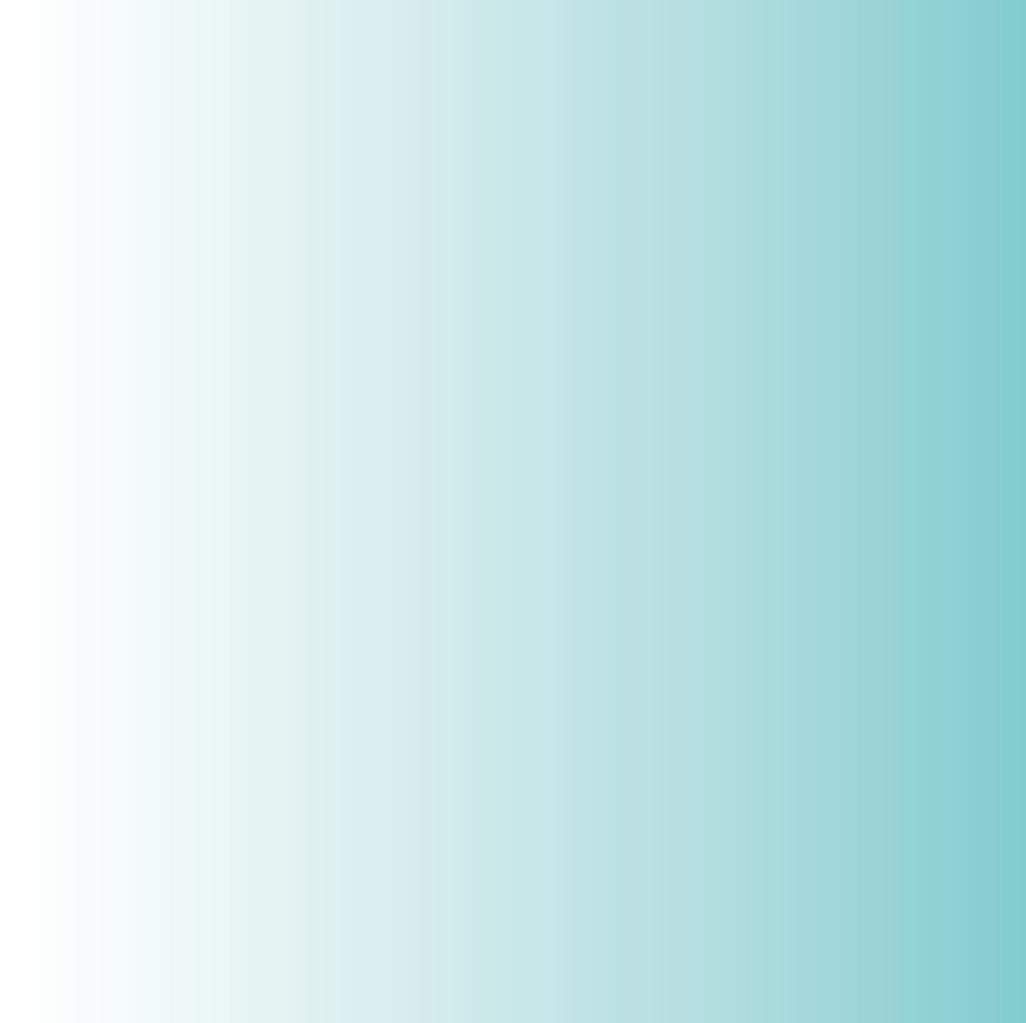
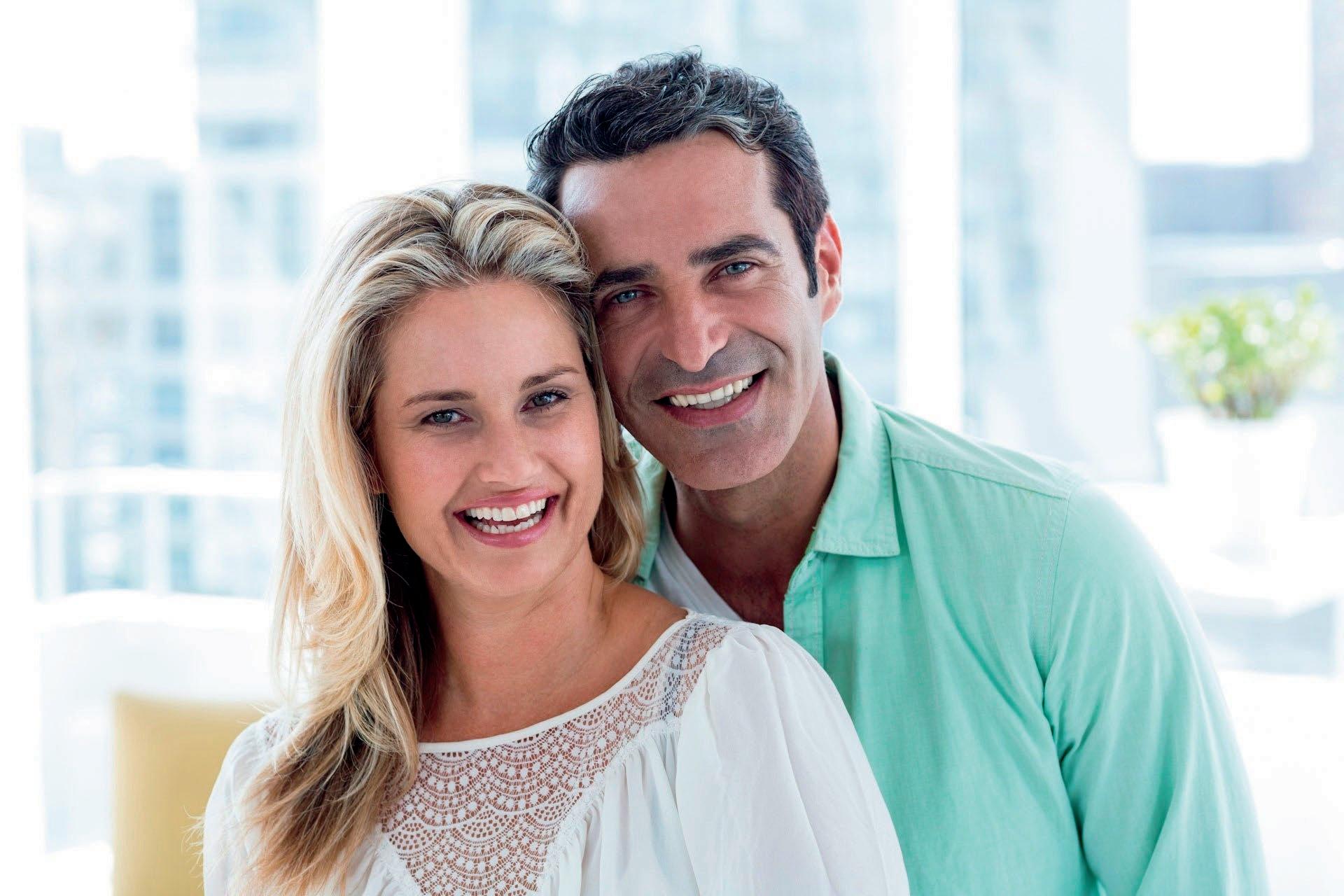
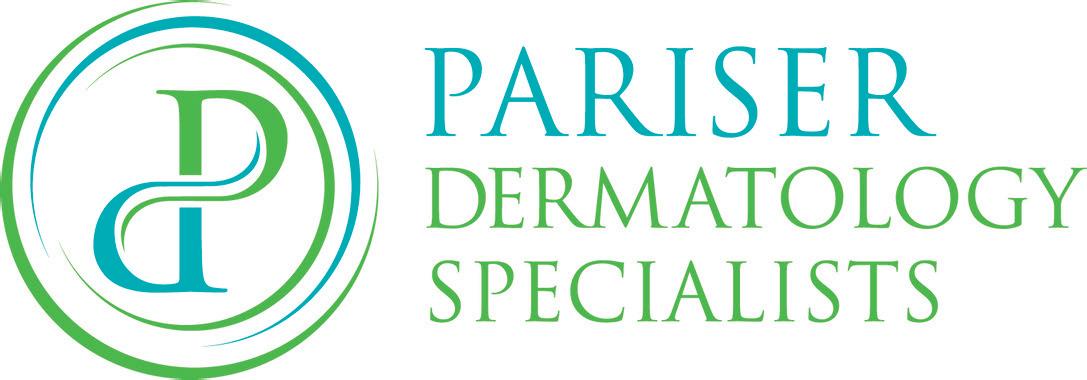

“Fifty is too late,” Gamss says.


Even waiting until age 40 can be risky, as recent studies have shown high breast cancer mortality rates for women in that age group, she notes.
“People need to think about it younger instead of waiting and then finding out ‘My mother had cancer, my grandmother…’ — and they show up at 40 and have cancer, too,” Gamss says.
Her recommendation is that all women undergo a breast cancer risk assessment by age 25. That entails answering a panel of questions that covers one’s family and medical history. Among other things, the assessment inquires whether a person had “a biopsy and a high-risk lesion; breast density, if someone has lymphoma and was treated under the age of 25; if someone got upper abdominal radiation before age 25.”
The responses to these questions help doctors determine when and how individual patients should be screened — including whether to do MRIs and ultrasounds to supplement mammograms, for example. At-risk women should start their 30s armed with information and a plan.

Short of that, there is what Peggy Cottrell, Sharsheret’s genetics program manager, calls a general rule of thumb: “If breast cancer has been diagnosed at a particular age, you want to start screening 10 years before that. So, if someone’s mother was diagnosed with breast cancer at 45, that person is going to start screening at 35.”
Avoiding smoking and alcohol, exercising, and a good diet are important to maintaining good health, Cottrell notes, but perhaps the biggest factor is chance. In fact, hereditary cancers like those caused by BRCA mutations account for only 15% of all breast cancers; most occur for reasons unknown. That makes screening all the more essential.
“For many women, knowing there is something they can do that can reduce their risk motivates them,” she says.
Primeplus
Many women delay getting mammograms out of fear of the results, nervousness about the process, or just general anxiety. This is another area where Sharsheret provides women with help and guidance – even in the waiting room.

For doctors to interpret mammograms properly, they require two specific views of each breast. Sometimes, technicians need to take more than four photos to ensure they get those views; it doesn’t mean anything is wrong.
Even if you’re asked to come for a follow-up mammogram – what’s known as a diagnostic mammogram – it just means that more imaging is required, not that there’s necessarily a problem. Sometimes doctors observe a change in appearance from the prior year or a fold in the skin; other times the original image failed to capture the necessary view. Likewise, for some younger women and those with dense breasts, a mammogram may not suffice; doctors may require an ultrasound or MRI to examine the breast adequately.
Adina Fleischmann, a social worker who serves as Sharsheret’s chief services officer, recommends that each individual discuss their own circumstances with their healthcare provider. Sharsheret tries to promote awareness of the importance of getting breast cancer risk assessments, and to provide guidance to women about what to ask.
“We want to make sure that each woman who reaches out is able to ask the right questions: How often should I be screened? What’s the most appropriate screening method for me? Questions about what breast density means and how it can impact them,” Fleischmann says. “Those are the tools we want to give to our women.”
Women seeking guidance are encouraged to call Sharsheret toll-free at 866 474-2774 to connect with therapists and genetic counselors.
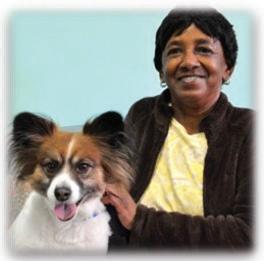
Sharsheret also offers peer-to-peer support, programs to guide cancer patients on how to talk about their illness with their children, and support to people who have a family member with breast cancer, including financial assistance for non-medical services critical to women’s quality of life and body image, such as acquiring wigs. Sharsheret also hosts live events such as barbecues, online yoga classes, family fun runs and other programs to empower women with cancer and foster a sense of community.
The education and awareness programming Sharsheret runs start as early as high school and college campuses, such as an annual Pink Day that includes grassroots fundraising events at hundreds of campuses worldwide.
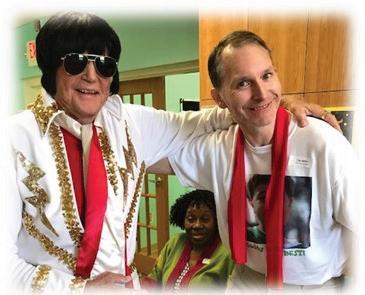
“Sharsheret is here to arm you with education and to let you know that you’re not alone,” Fleischmann said. “Cancer screening, and the knowledge that comes along with it, can be empowering. By speaking with your healthcare provider about the screening guidelines that are most appropriate for you, you are taking a step toward your best health.”
As for Field, she went for her first baseline mammogram at age 40 — in the spring of 2020, just as Covid hit and the world masked up and locked down. The doctors identified something suspicious.
“It started a roller coaster of diagnostic testing. I wound up with eight biopsies, and in the end I had a bilateral mastectomy,” Field says after cancer was identified. “I feel thankful it was found very early.”
Her advice: Know your body and your family history.
“Breast cancer doesn’t just affect women 40 and older,” Field says. “Know your potential risks. Empower yourself to know what you need to be aware of. It shouldn’t be a shock. Be appropriately proactive.”
“And most importantly, when you reach the age when it’s recommended, get screened,” Field says. “It may be uncomfortable for a few minutes, but it’ll give you peace of mind.”
This article was sponsored by and produced in partnership with Sharsheret, the national Jewish breast cancer and ovarian cancer organization. This article was produced by JTA’s native content team.





